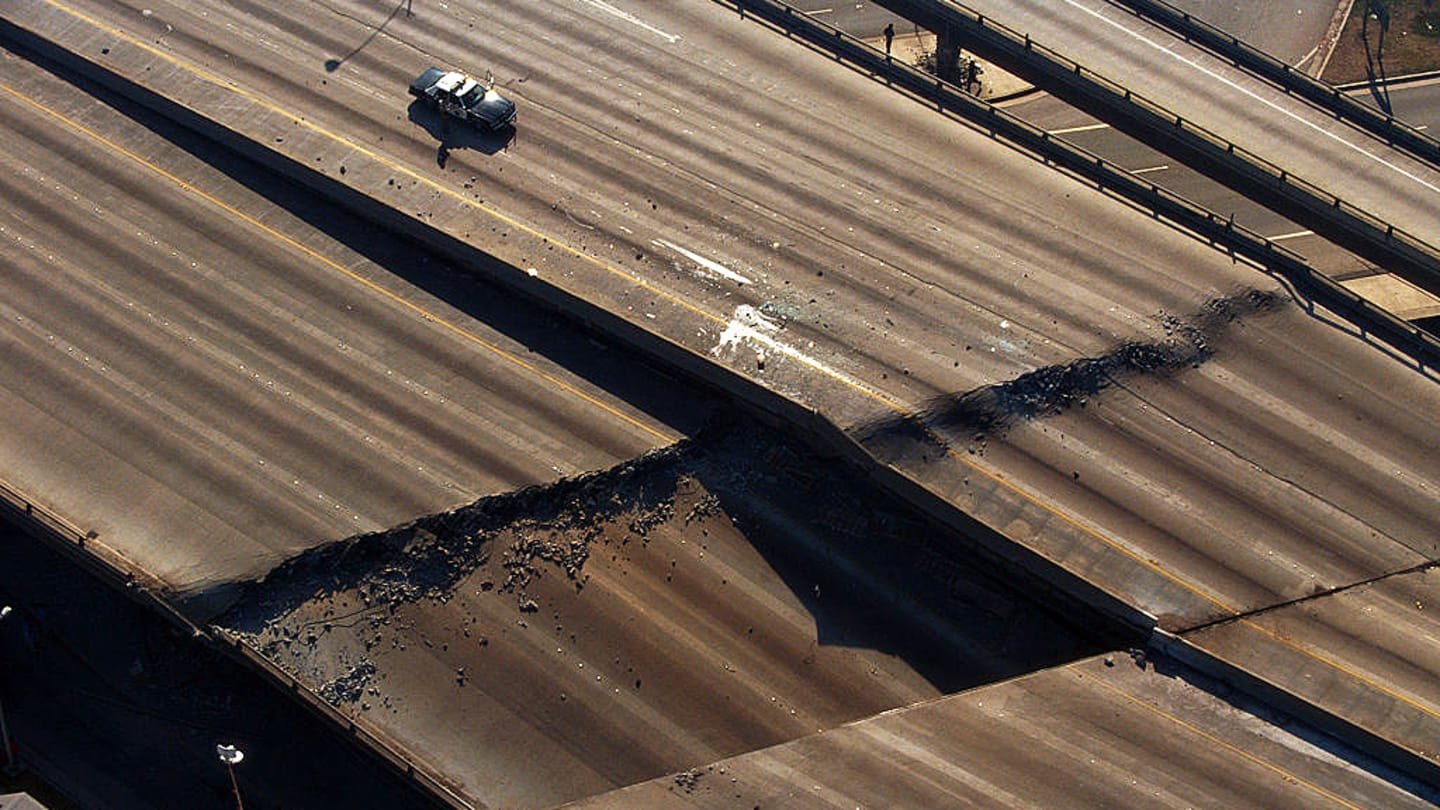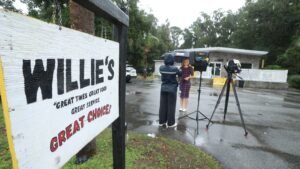
Huge Cascadia Earthquakes Can Trigger the San Andreas Fault, Scientists Say
“The big one“The theoretical earthquake that will topple their sunny paradise looms large in the minds of Southern Californians. Many imagine it will emanate from the San Andreas Fault, where two of the Earth’s tectonic plates collide with each other 30 miles east of downtown Los Angeles. 2008 He studies Of the potential impact to the largest he predicted at least 1,800 deaths, 50,000 injuries, and $200 billion in structural damage and losses.
Now, new He studies Published in the magazine Atmosphere It suggests that the hypothetical situation could be worse, thanks to seismic tremors further from the coast.
The burning ring of fire
The West Coast forms part of the “Ring of Fire,” an incredibly active seismic zone where tectonic plates press against each other along the coasts of Asia and the Americas. It lies beneath coastal waters extending from Northern California to Vancouver Island Cascadia subduction zone It is a 620-mile-wide region where the Juan de Fuca tectonic plate and two smaller plates slide beneath the larger North American plate. From the southern point of the Cascadia subduction zone, the San Andreas Fault runs parallel along the coast to Baja California.

The Cascadia Formation, in which pressure builds between plates until it is suddenly unleashed, has the potential to create high strength.”com. megathrust“Earthquakes. The last time it caused a major earthquake was in 1700, when it produced a tsunami That struck North America and Japan. It probably reached 9 (out of a possible 10) on the magnitude scale, and indigenous groups describe the event in their oral traditions.
These systems have existed side by side for millions of years, and geologists expect each to produce a major catastrophe once every few centuries. Geologists expect such a “huge” earthquake from the Cascadia subduction zone to occur about once every day 400 to 600 yearsAnd all 200 to 300 years The most important area of the San Andreas Fault.
You may also like:
Add the mental thread as Favorite news source!
The clues are in the cores
In the new study, researchers from Oregon State University and other institutions drilled into the ocean floor to obtain sediment cores, which provide a record of undersea activity dating back thousands of years. Originally, they intended to collect core samples only from the Cascadian region, but a navigational error took them south into the waters above Noyo Canyon, in the San Andreas region. They decided to drill a core from Noyo Canyon as well.
Seismic activity, such as a landslide triggered by an earthquake, leaves a distinct sedimentary signature within the core. These signatures are called TurbidityIt is characterized by a layer of large grains covered by a layer of fine grains. In the heart of the Noyo Valley, turbidites appeared in pairs – one on top of the other – indicating two seismic events occurring almost simultaneously. The same pattern appeared in samples drilled in the Cascadia region, and radiocarbon dating showed that the turbidites were deposited at the same time.

“A light bulb went on and we realized that the Noyo Channel was likely recording the Cascadia earthquakes, and that at a similar distance, the Cascadia sites were probably recording the San Andreas earthquakes,” said Chris Goldfinger, a paleontologist at Oregon State University and lead author of the study. statement.
In addition, they showed that movement occurred simultaneously in both regions 1906And 1980 and 1992. These “may represent direct evidence of partial simultaneity of these two major faults,” the researchers wrote.
Really adults
Cores indicate that seismic activity to the north on the Pacific Coast could trigger a shift of the San Andreas Fault, unleashing a cascade of earthquakes and resulting tsunamis that could cause unprecedented devastation along the West Coast.
This, of course, can be very bad. The researchers hypothesized that the chain reaction of seismic activity could lead to the destruction of vast areas of densely populated coastal communities. “If I were in my hometown of Palo Alto (California) and Cascadia exploded, I think I would drive east. It seems to me that there is a very high risk that San Andreas will explode next,” Goldfinger said.
“It is difficult to overestimate the size of the (magnitude 9) earthquake. It would be like He added: “In the Pacific Northwest. So the possibility of an earthquake in San Andreas is cinematic.”













Post Comment